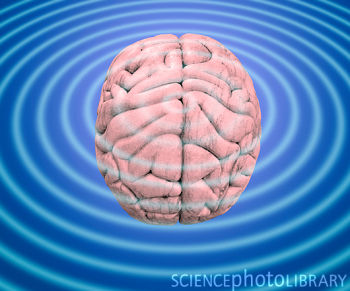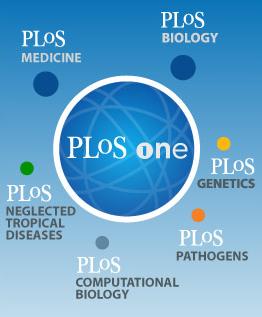 Abraham Kovoor 是罗得岛大学药学院助理教授,之前他证实一种称为RGS9-2的大脑蛋白与无意识、反复的机体运动有关,而在运动障碍的研究中他发现RGS9-2也参与调控机体重量。这一研究结果发表在11月份的《科学公共图书馆》(PLoS One)期刊上。
Abraham Kovoor 是罗得岛大学药学院助理教授,之前他证实一种称为RGS9-2的大脑蛋白与无意识、反复的机体运动有关,而在运动障碍的研究中他发现RGS9-2也参与调控机体重量。这一研究结果发表在11月份的《科学公共图书馆》(PLoS One)期刊上。
Kovoor和同事发现人体中基因变异降低了RGS9-2水平,并引起身体质量指数显著提高。对敲除RGS9-2基因的小鼠(不能分泌RGS9-2蛋白质)进行研究,他们发现该种小鼠在体重和脂肪含量上都比野生小鼠高。相反,当RGS9-2基因过表达时,小鼠的体重会下降。
在大脑的纹状体中RGS9-2正常表达,该区域参与运动控制和奖赏应答,研究人员认为,饮食能激发奖赏应答的提高,并导致体重增加。
Kovoor称:“如果缺乏RGS9-2,小鼠会吃的更多,这不是仅有的事例,对人、小鼠和大鼠的研究都表明RGS9-2是一个调节体重的因素,而我们需要研究取食习性以外的其它因素。”
Kovoor补充道:“大脑纹状体通过RGS9-2执行体重调控的功能,而本身与动机、运动和奖赏应答无关。我们已经识别出一个新基因,它能通过代谢调控体重。”
在帕金森症和精神分裂症的药物治疗中,RGS9-2参与运动方面的副作用,Kovogen LLC公司已经研发出一套技术,可用于预测哪些人更可能出现不可逆、轻微的副作用,因此,药物治疗可以优化,并做到因人而医。
Kovoor称:“当开始接触RGS9-2时,没人能想到它能揭示药物为什么引起运动障碍,之前RGS9-2被证实对多巴胺受体具有调控功能,而这类受体是帕金森药和安定药的重要靶点。”
在美国加州大学旧金山分校,Kovoor和同事监测了实验对象的身体质量指数,他们发现RGS9-2基因变异能降低表达量,并导致身体质量指数的增加。
Kovoor说,“单独而言,我们一直在观察我们是否能够通过搜寻人RGS9-2基因变异来预测人们患上这些运动症状的风险敏感性。”
Kovoor和来自美国加州大学旧金山分校的研究人员在他们的研究当中还对病人的身体质量指数进行监控。“我们注意到RGS9-2基因发生变异的实验对象可能因为降低该基因的表达,因而有着更高的身体质量指数。”在小鼠和大鼠身上开展的平行实验也证实这些发现:RGS9-2参与体重调控。

 Association between Regulator of G Protein Signaling 9–2 and Body Weight
Association between Regulator of G Protein Signaling 9–2 and Body Weight
Jeffrey L. Waugh, Jeremy Celver, Meenakshi Sharma, Robert L. Dufresne, Dimitra Terzi, S. Craig Risch, William G. Fairbrother
Regulator of G protein signaling 9–2 (RGS9–2) is a protein that is highly enriched in the striatum, a brain region that mediates motivation, movement and reward responses. We identified a naturally occurring 5 nucleotide deletion polymorphism in the human RGS9 gene and found that the mean body mass index (BMI) of individuals with the deletion was significantly higher than those without. A splicing reporter minigene assay demonstrated that the deletion had the potential to significantly decrease the levels of correctly spliced RGS9 gene product. We measured the weights of rats after virally transduced overexpression of RGS9–2 or the structurally related RGS proteins, RGS7, or RGS11, in the nucleus accumbens (NAc) and observed a reduction in body weight after overexpression of RGS9–2 but not RGS7 or 11. Conversely, we found that the RGS9 knockout mice were heavier than their wild-type littermates and had significantly higher percentages of abdominal fat. The constituent adipocytes were found to have a mean cross-sectional area that was more than double that of corresponding cells from wild-type mice. However, food intake and locomotion were not significantly different between the two strains. These studies with humans, rats and mice implicate RGS9–2 as a factor in regulating body weight.
文献链接:https://www.sciencedaily.com/releases/2012/01/120104153739.htm







